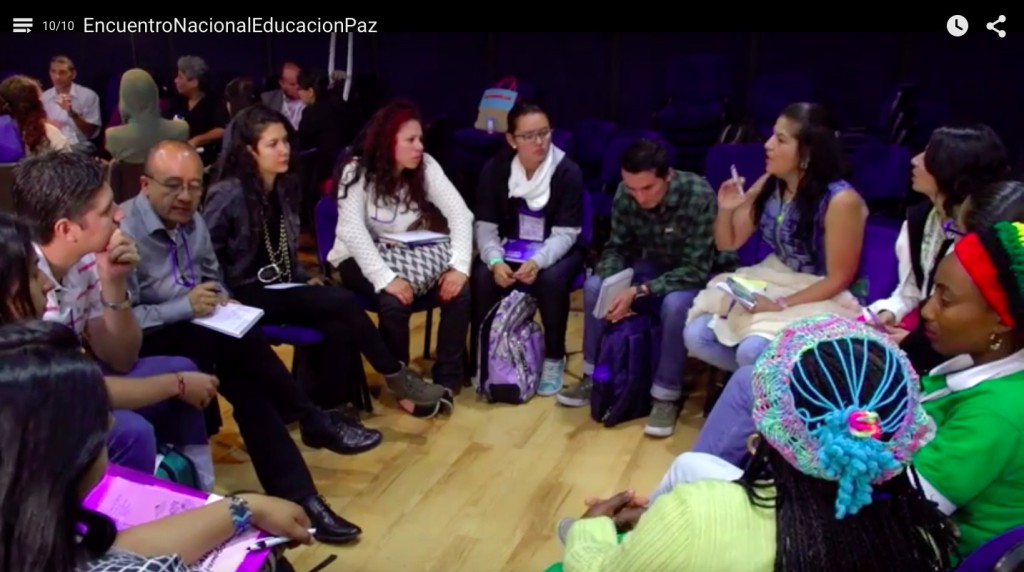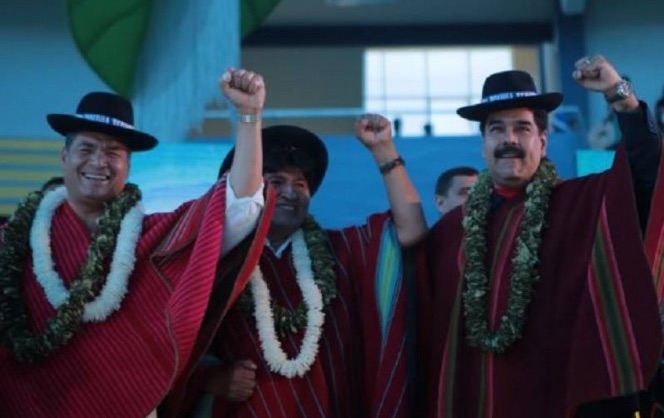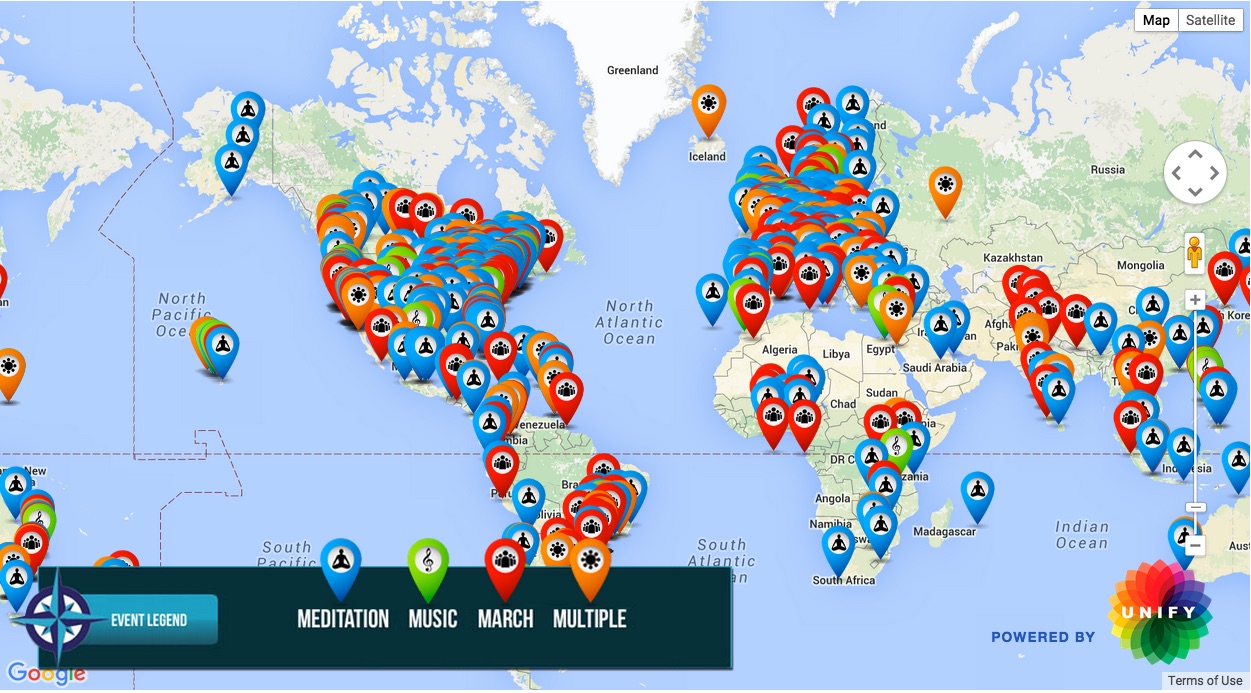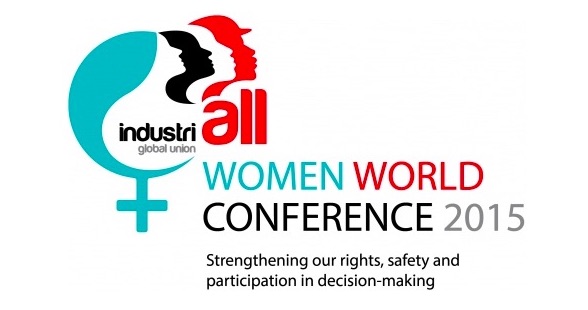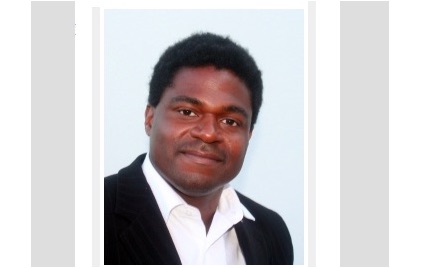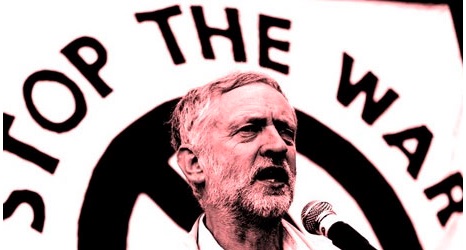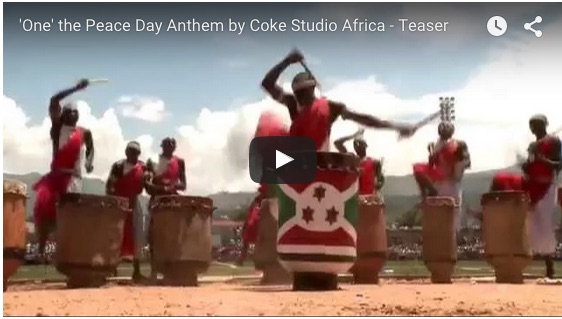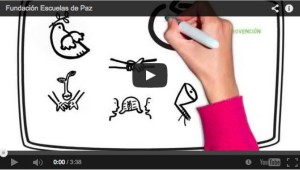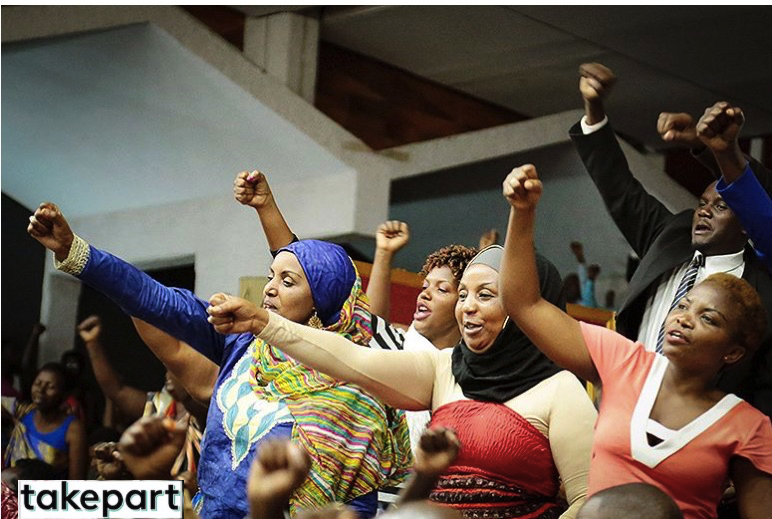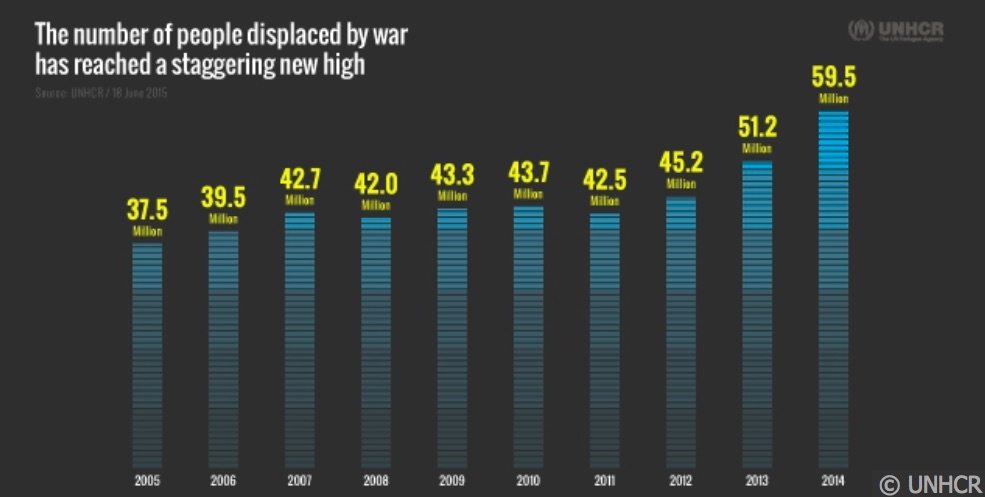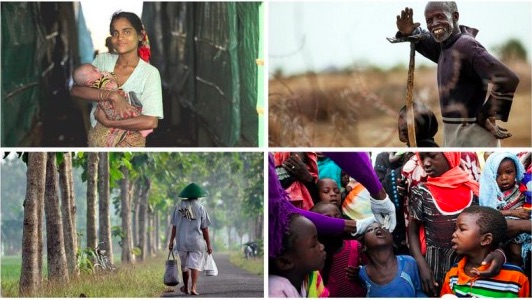In the past two months we have carried no less than 18 articles about culture of peace from Latin America, as the continent continues to set an example for the rest of the world.
The leading edge is in Colombia which is emerging from decades of civil war. In Havana on September 23, the government and the FARC guerrilla movement signed a peace accord. And what is most important the entire Colombian people are becoming involved in the peace process. CPNN was privileged to take part in the National Encounter for Peace Education that took place October 1 and 2 in Bogota, involving a wide range of the civil society as well as government officials. Articles about the Encounter by Alicia Cabezuo of the International Peace Bureau and by David Adams are published in CPNN along with a link to a video of the meeting and an interview by Cabezudo about peace education. Colombian President Juan Manuel Santos took part in a nationally televised program on peace education with some of educators who took part in the Encounter. Earlier, the National Congress of REDUNDIPAZ met from September 21-23 to address “The Role of the University in Building Peace with Social Justice.” Then, on October 10, the government of Chile announced it is establishing a group of experts, veterans of peace processes in their countries, to work out of El Salvador on behalf of the Colombian agreement. This is a kind of international solidarity for peace that is rarely seen in other continents.
The culture of peace, as such, is on the agenda in Latin America, as shown by other recent CPNN articles. Cuba announced that it will advocate for this at UNESCO. In Argentina a cycle of events dedicated to this was held during the week of the International Day of Peace. Bolivian students marched for culture of peace.
In Brazil, a public hearing of the Congress was devoted to culture of peace in schools. While in Curitiba the Instituto Mundo Melhor (IMM) brought together police officers to discuss the culture of peace. And Cardinal Peter Turkson, the President of the Pontifical Council of Justice and Peace, spoke at an international symposium on “Promoting a Culture of Peace in a World of Conflict” that was held in Rio de Janeiro.
Latin America continues to make a major contribution to sustainable development. The governments of Bolivia, Ecuador and Venezuela announced at a forum in October that they will advocate for “Pachamama,” or Mother Earth, and civil society at the 21st United Nations Climate Change Conference in Paris in December. In this regard, CPNN recently carried articles about women dealing with waste management in Nicaragua, terrace farming by indigenous farmers in Chile, and a victory by the indigenous farmers of Guatemala against the monopoly practices of Monsanto.
In Guatemala, The Latin American Council for Peace Research (CLAIP) and the Latin American Faculty of Social Sciences (FLACSO) devoted their Third Regional Conference to “Latin America on the quest for sustainable peace: tools and contributions.” While in Honduras, the struggle of peasant movements for the reclaiming of stolen land is celebrated in the new film, “Fertile Ground“.
As we say in the video of the National Encounter for Peace Education in Colombia: “If you look at the news from around the world, there is war everywhere. . . [but] when we see that Colombia is going towards peace, it is an inspiration. If Colombia can make peace, se we can make peace in other countries also.”
|
FREE FLOW OF INFORMATION |
WOMEN’S EQUALITY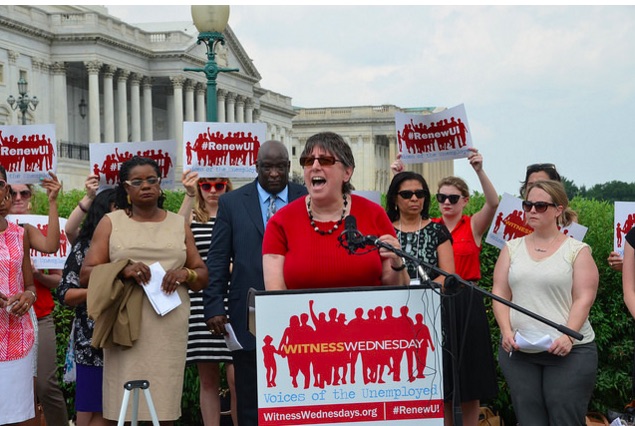 United States: Religious Groups Mobilize to Promote Feminism and Faith |
DISARMAMENT AND SECURITY |
HUMAN RIGHTS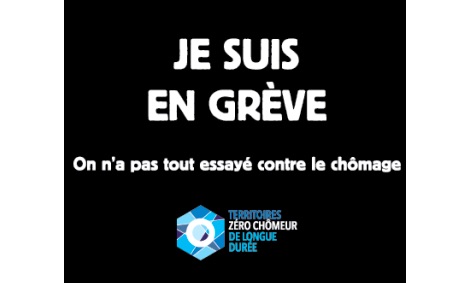 France: Territories of zero long-term unemployed |
|
SUSTAINABLE DEVELOPMENT |
DEMOCRATIC PARTICIPATION |
TOLERANCE AND SOLIDARITY |
EDUCATION FOR PEACE |
